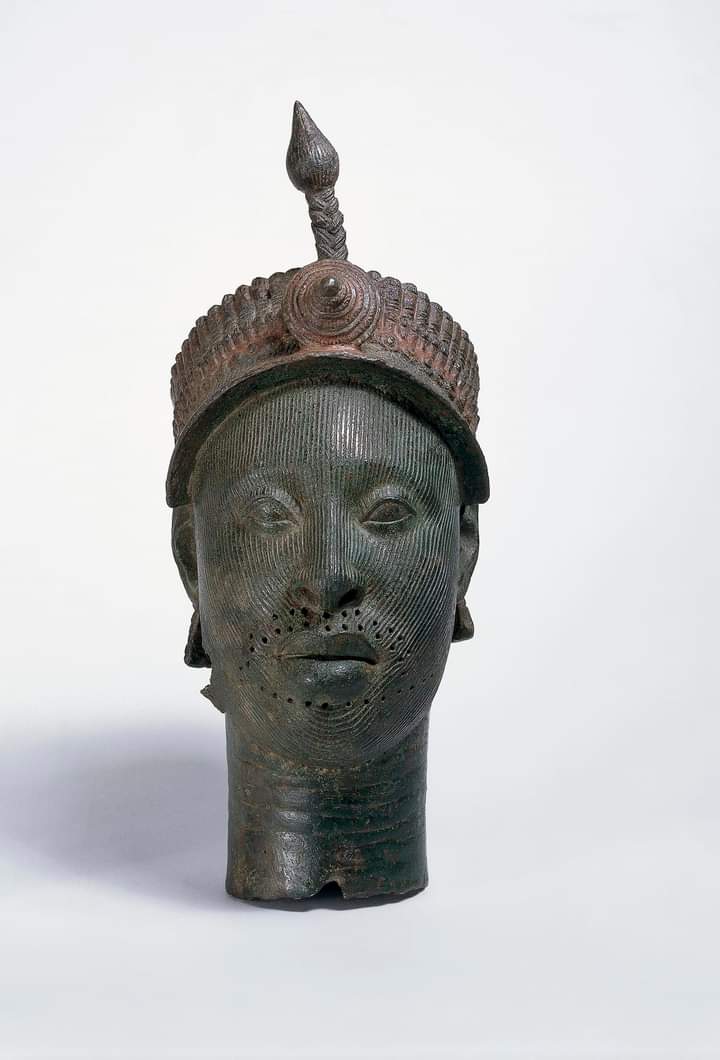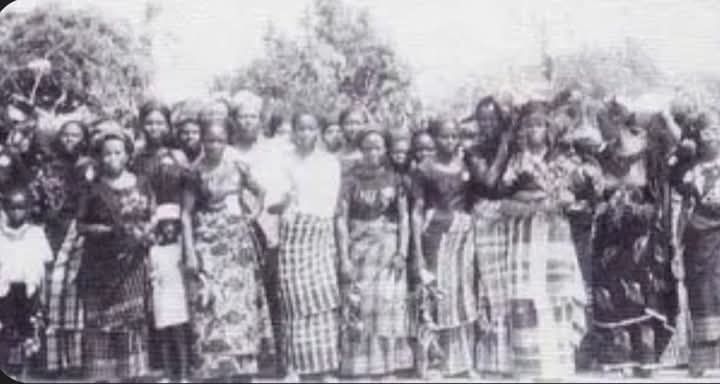THE ABA WOMEN’S RIOT OF 1929
THE ABA WOMEN’S RIOT OF 1929
The Aba Women’s Riot of 1929, also known as the Women’s War, was a major protest movement led by women in southeastern Nigeria against British colonial policies. It stands as one of the first and most significant resistance movements in colonial Africa led entirely by women, and it had lasting impacts on colonial administration in Nigeria.
Unlike other parts of the protectorates, the southeastern region operated on a more decentralized, communal system. The British disrupted this by imposing a new political structure that appointed local men as warrant chiefs.
These warrant chiefs were tasked with administrative and judicial duties, but they were often corrupt and acted without the consent of the communities they were meant to serve. This imposition clashed with traditional Igbo practices, where leadership was typically shared and based on community consensus.
Initially, colonial taxation policies targeted only men. However, in 1929, the colonial authorities introduced plans to extend taxation to women. They began conducting censuses of women, which many saw as a prelude to taxation. This alarmed the women, who had never been taxed under indigenous customs.
The immediate cause of the protest occurred in the town of Oloko, in present-day Abia State. A colonial agent attempted to count the women in the community, leading to a confrontation with a widow named Nwanyeruwa. This incident quickly spread through word of mouth, and women across the region began to mobilize.
Between November and December 1929, over 10,000 women from various communities—mainly Igbo, Ibibio, and Ogoni—joined the protest. They marched to administrative centers in Aba, Owerri, Calabar, and other towns to express their opposition to the proposed taxation and the abuses of the warrant chiefs. The protests were coordinated using traditional methods such as communal meetings, singing, chanting, and symbolic acts like surrounding government offices and publicly shaming colonial officials.
Although the demonstrations were largely peaceful, some escalated into confrontations. In several towns, British colonial troops responded with violence, opening fire on unarmed protesters. By the end of the protests, at least 51 women had been killed, and many more were injured. These killings caused widespread outrage both locally and abroad.
As a result of the protests, the colonial government was forced to abandon the idea of taxing women. The powers of the warrant chiefs were reviewed and curtailed, and administrative reforms were introduced. In some areas, women were appointed to advisory roles in local governance, marking an important step toward acknowledging their political influence.




